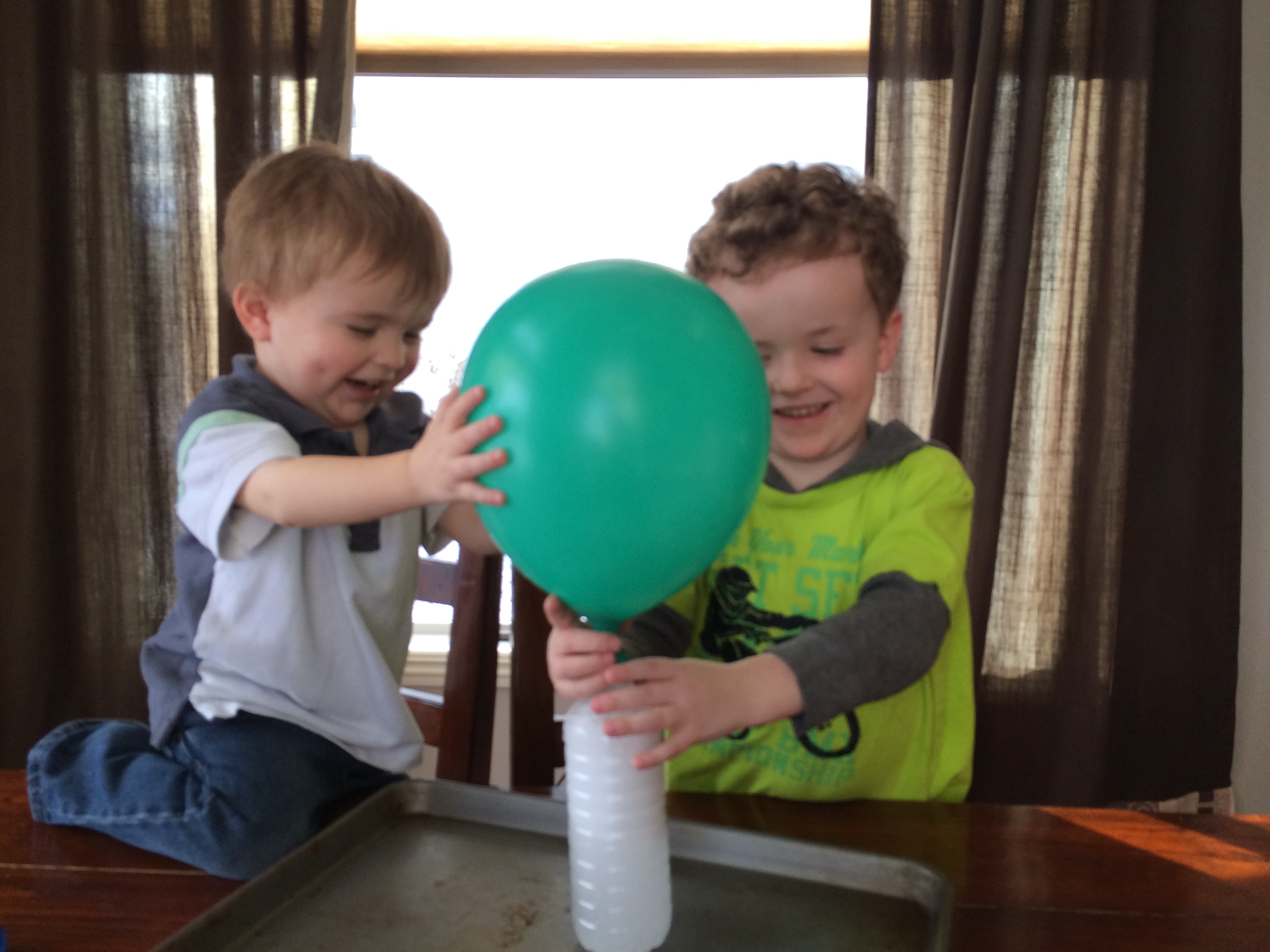
We now have one ready for you! It’s 45 pages of slime fun for kids! Click here.įeel like you are juggling between helping a few students and groups that finish at different times?
Simple states of matter experiments how to#
If you haven’t tried out the slime recipes already, I recommend that you learn how to make slime first! Also check out: Slime Chemistry Activities, click here! We put together a list of ideas for science experiments with slime. More sticky…less sticky…more firm…less firm…thicker…looser… We kept the rest of the recipe exactly the same! We eliminated the water from our recipe to see if slime needs water as an ingredient. Remember the key to conducting a good science experiment is to only have one variable.

Picture the difference between wet spaghetti and leftover spaghetti the next day. They begin to tangle and mix until the substance is less like the liquid you started with and thicker and rubbery like slime! Slime is a polymer. You add the borate ions to the mixture, and it then starts to connect these long strands together. These molecules flow past one another keeping the glue in a liquid state. The glue is a polymer and is made up of long, repeating, and identical strands or molecules.

What’s slime science all about? The borate ions in the slime activators (sodium borate, borax powder, or boric acid) mix with the PVA (polyvinyl acetate) glue and form this cool stretchy substance. We always like to include a bit of homemade slime science around here! Slime is an excellent chemistry demonstration and kids love it too! Mixtures, substances, polymers, cross-linking, states of matter, elasticity, and viscosity are just a few of the science concepts that can be explored with homemade slime! Grab even more awesome science in our SLIME SCIENCE PROJECT PACK Think wet, freshly cooked spaghetti versus leftover cooked spaghetti! Instead of flowing freely, the molecules become tangled and create a slimy substance. This is the reaction between the PVA glue and the borate ions in the slime activators. Slime activators (borax, sodium borate, and boric acid) change the position of these molecules in a process called cross-linking! Have you ever noticed how cold your slime gets? An endothermic reaction absorbs energy (heat) instead of giving off energy (heat). Slime is an endothermic reaction as opposed to an exothermic reaction. Chemistry is how materials act under different conditions and/or form new substances.

It is all about the way different materials are put together, and how they are made up including atoms and molecules. Chemistry is all about states of matter including liquids, solids, and gasses.


 0 kommentar(er)
0 kommentar(er)
